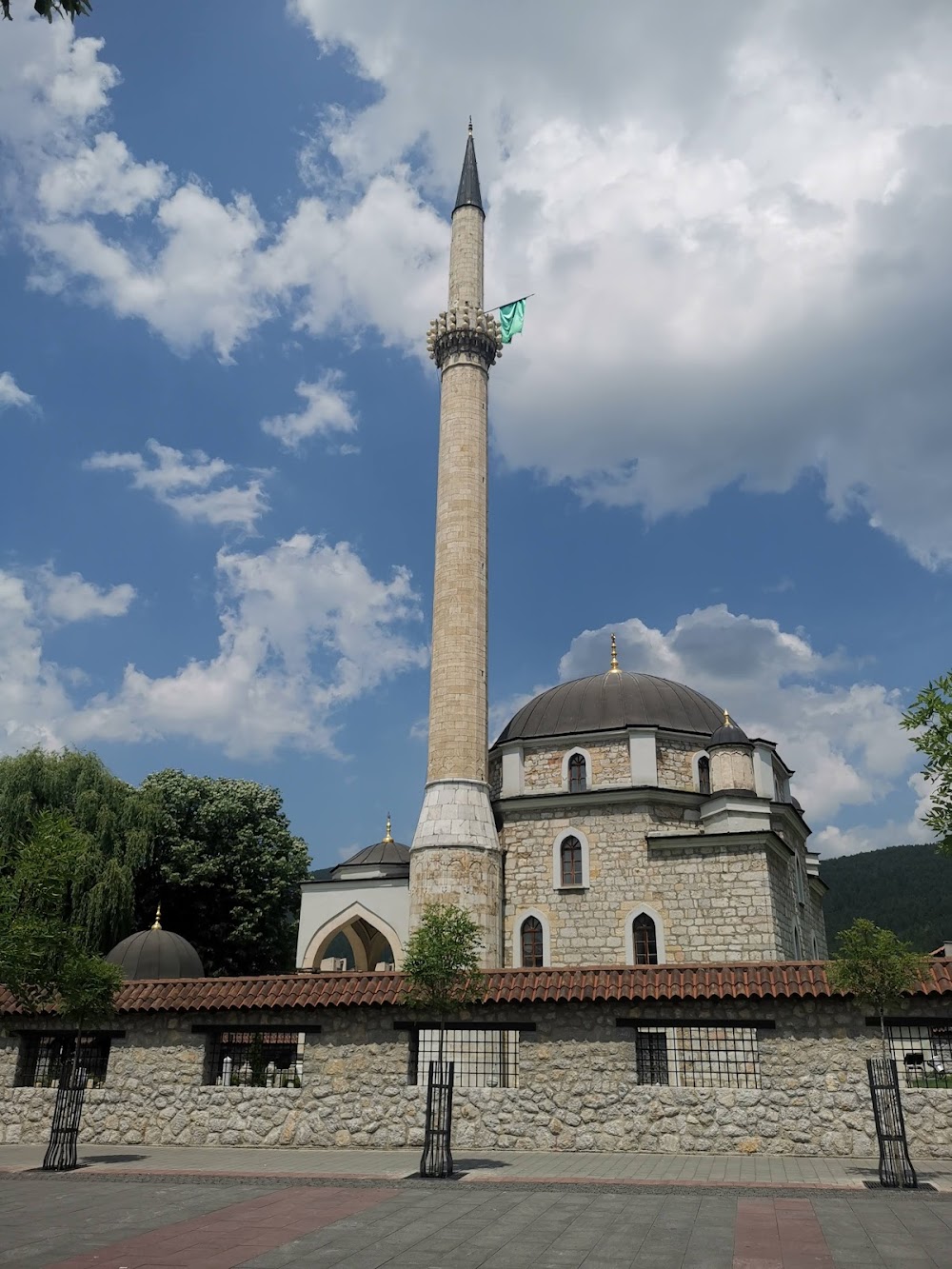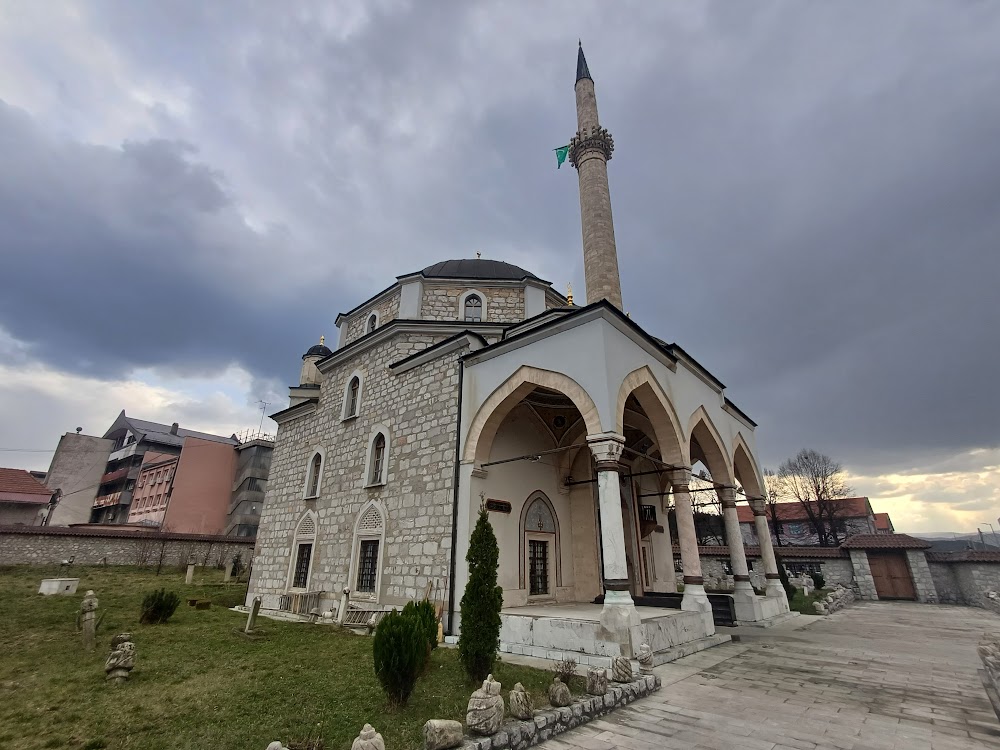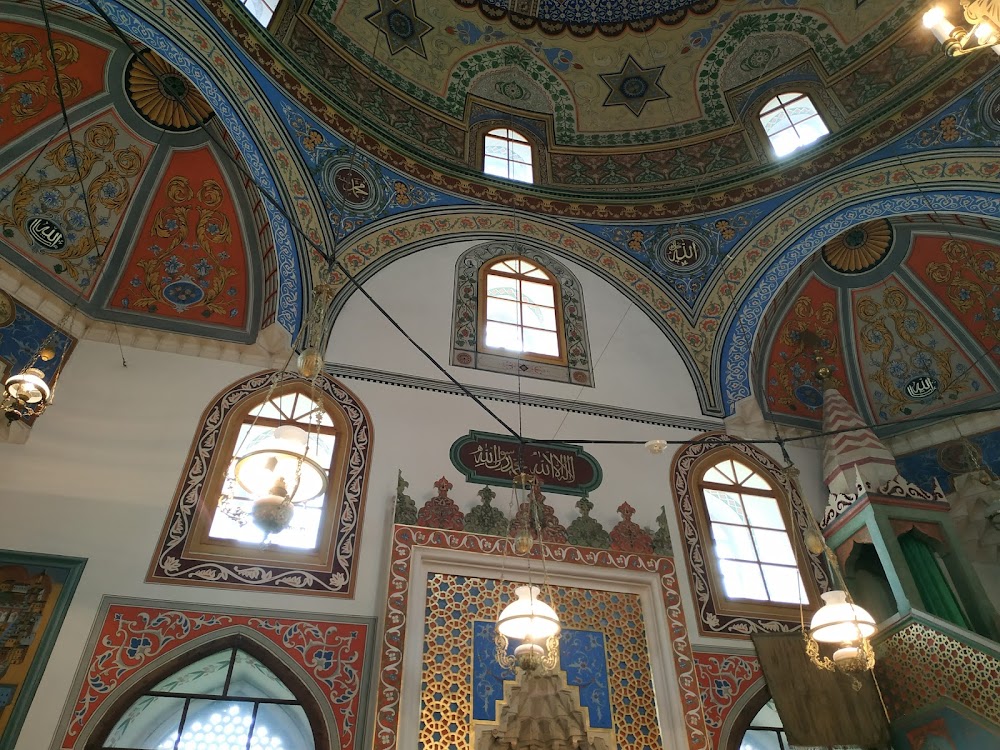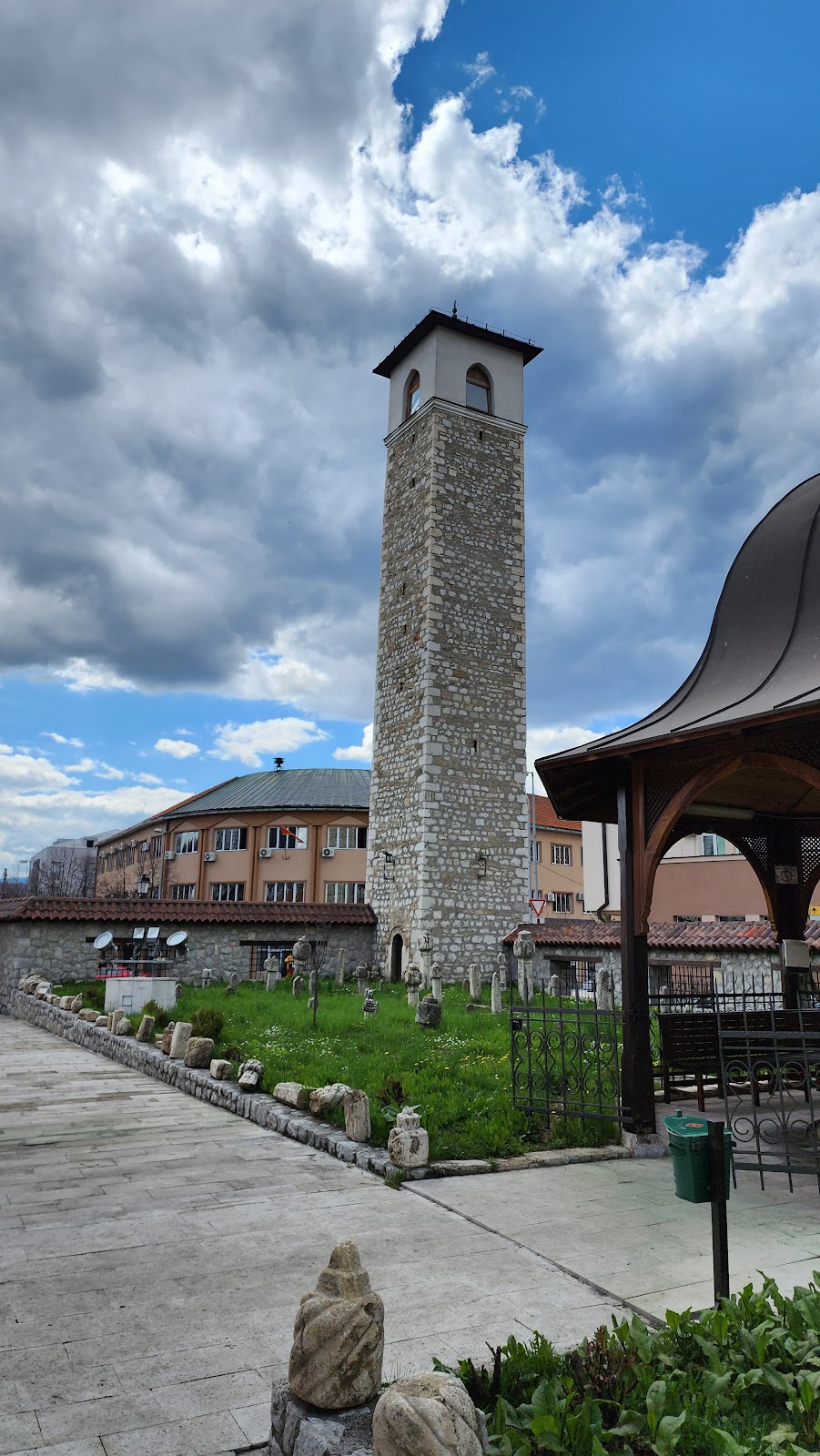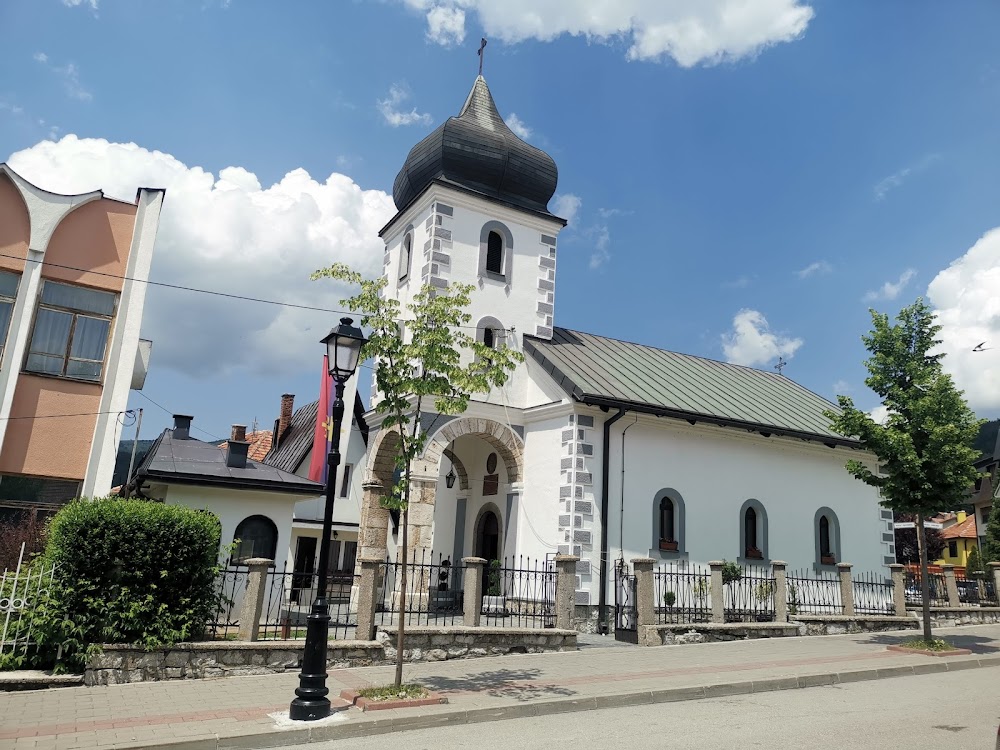Husein-paša's Mosque (Husein-pašina džamija)
Overview
Husein-paša's Mosque is a remarkable historical landmark located in the city of Pljevlja, Montenegro. Commissioned by Husein-paša Boljanić, a devoted servant of the Ottoman Empire and a high-ranking official, the mosque’s construction began in 1569 and was completed in 1573. This magnificent structure stands as a testament to Islamic architecture in the Balkan region, showcasing a blend of cultural influences that have shaped the area over centuries.
Husein-paša envisioned a mosque that would serve not only the spiritual needs of the local Muslim community but also become an architectural landmark that would endure through time. His goal was to merge classical Ottoman architectural principles with local craftsmanship, resulting in a unique and beautiful structure. Skilled artisans from the region, alongside experienced architects from the Ottoman Empire, collaborated to bring this vision to life.
Visually, the mosque is striking, characterized by its large central dome and tall minaret that gracefully dominates the Pljevlja skyline. The spacious interior, supported by four sturdy pillars, creates an inviting atmosphere for worshippers. The minaret, reaching approximately 42 meters high, serves as both a visual centerpiece and a traditional location for the call to prayer.
The mosque’s decorative elements are among its most captivating features. The exterior walls are adorned with intricate stone carvings, while the interior showcases exquisite calligraphy and vibrant geometric patterns. Key components such as the mihrab, which indicates the direction of Mecca, and the minbar, from which sermons are delivered, are beautifully decorated with elaborate floral and arabesque designs.
Surrounding the mosque is a spacious courtyard enclosed by a colonnade featuring a series of arches, creating a serene space for reflection and social gatherings. A central fountain, used for ablution rituals before prayer, enhances the tranquil atmosphere, while the meticulously maintained garden offers a peaceful retreat for the local community.
Constructing Husein-paša's Mosque was a significant undertaking, utilizing local stone and timber sourced from the surrounding landscape. Craftsmen displayed exceptional skill in working these materials, ensuring both durability and aesthetic appeal. The construction techniques employed reflected the best practices of Ottoman architecture, including the signature use of large domes and soaring minarets.
Despite the passage of time, Husein-paša's Mosque remains remarkably well-preserved, thanks in part to ongoing renovation and restoration efforts. These initiatives focus on maintaining the integrity of the original design while ensuring the structure remains safe and functional for future generations. Notably, a major restoration occurred in the early 2000s, further securing the mosque's legacy.
Today, Husein-paša's Mosque serves as both a place of worship and an important cultural monument, embodying the rich history and cultural diversity of Pljevlja and Montenegro as a whole. It stands proud as an active center of worship and a source of pride for the local Muslim community. Visitors from around the world flock to admire its beauty and delve into its historical and architectural significance.
The mosque also symbolizes the historical connections between the Balkans and the Ottoman Empire, illustrating how architectural styles and cultural practices have evolved and intermingled over centuries. Husein-paša Boljanić’s legacy is immortalized in this extraordinary building, which remains one of the finest examples of Ottoman architecture in the region.
In summary, Husein-paša's Mosque is not just a house of worship; it is a museum of cultural heritage and a cherished landmark. Its enduring beauty and historical importance make it a must-visit destination for anyone interested in the rich tapestry of Balkan history and architecture.


